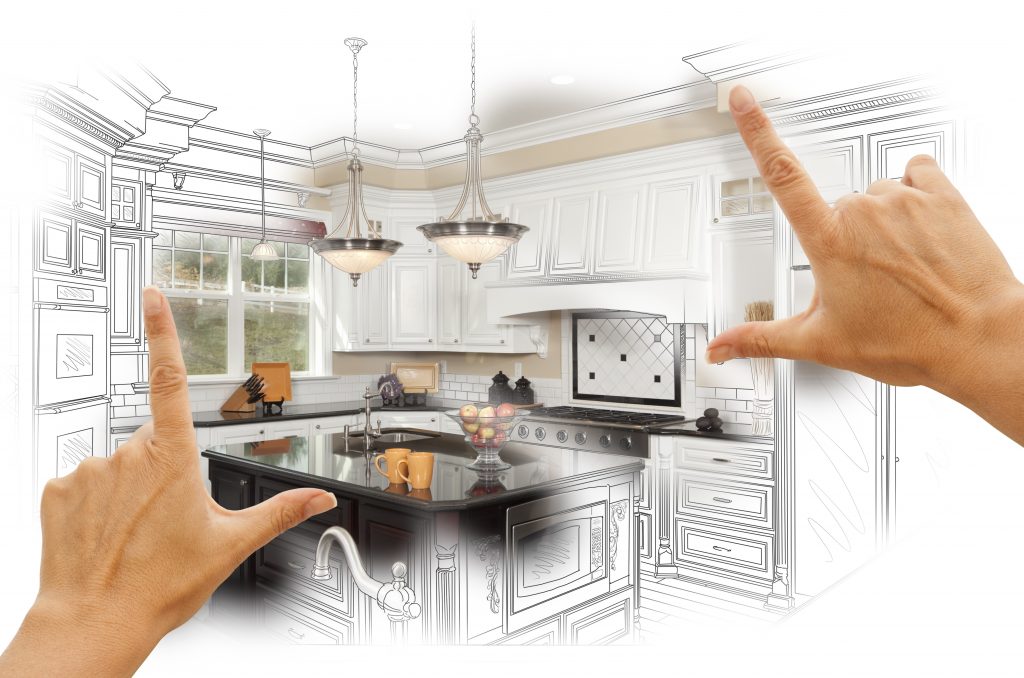The air that circulates through your home’s ductwork contains contaminants such as pet dander, dust mites, volatile chemicals, mold spores, mildew, and pollen. These allergens can irritate or even aggravate those with asthma and other respiratory conditions. Periodic cleaning of your air ducts can remove these and other harmful microorganisms from the circulating air in your home, creating healthier living conditions and making it easier to breathe.
Dirty ducts also pose a fire hazard, especially in older homes with lint-filled ductwork or those that use wood and other flammable materials for heating. During heating and cooling cycles, these materials can ignite and cause a house fire, resulting in significant property damage and serious personal injury or death. Duct cleaning prevents the accumulation of these materials and keeps your ductwork safe for use.
Stale odors can be caused by a variety of factors, including household cleaning agents, tobacco smoke, paint fumes, food preparation and pets. These odors can become trapped in your ductwork and repeatedly flow throughout the house each time the system runs. Likewise, rodents and other vermin often make their way into ductwork where they die and decompose, producing unpleasant smells that don’t dissipate despite opening windows and using air fresheners. Detailed duct cleaning removes these odor-causing particles and restores a fresher smelling house.
Cleaner air means your HVAC system doesn’t have to work as hard to maintain the same temperature. This can save energy and reduce utility bills.
If you’re planning on having your ducts cleaned, it’s important to choose a qualified contractor. Check to see if they’re members in good standing with the National Air Duct Cleaners Association (NADCA). NADCA provides a list of approved contractors by zip code that have passed their rigorous certification program.
During an Air Duct Cleaning, a technician will begin by hooking up their vacuum collection device to the ductwork and the air handler unit – the heart of your home’s HVAC system. They’ll then use a powerful vacuum to suck up the dirt and debris they’ve dislodged. Once the ducts and vents are completely clean, they’ll seal any holes in the ductwork that were made during the cleaning process.
Some service providers may offer additional services, such as the application of chemical biocides or other treatments designed to encapsulate or cover surfaces within a ductwork and its equipment housings. While these methods may seem appealing, they haven’t been fully tested for safety or effectiveness and are thus unproven. They may also contain unlabeled ingredients that are potentially hazardous to your family’s health. Therefore, it’s best to avoid these practices altogether and opt for a thorough duct cleaning instead. If you’re interested in having your ducts cleaned, contact an approved contractor to learn more about the process and receive a quote. They’ll be happy to answer any questions you might have.

